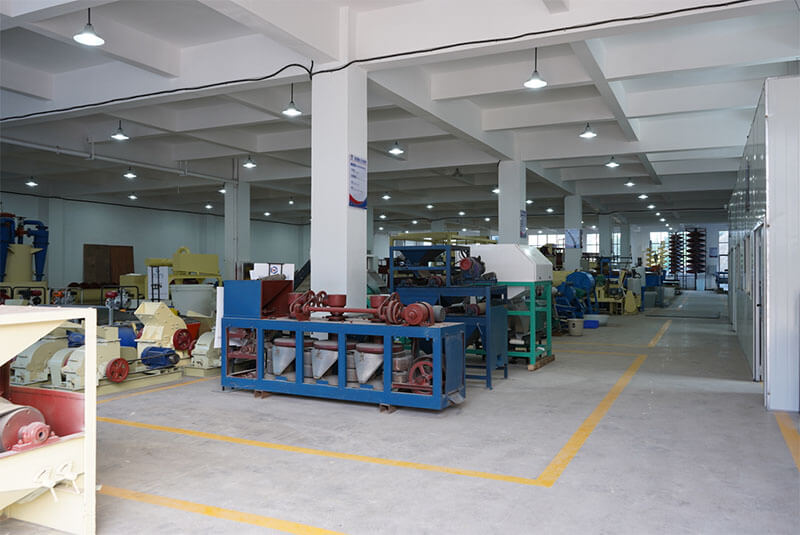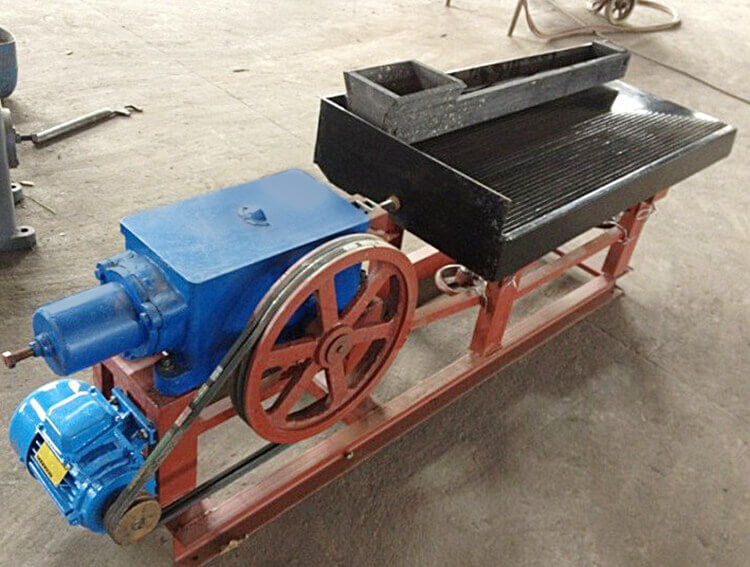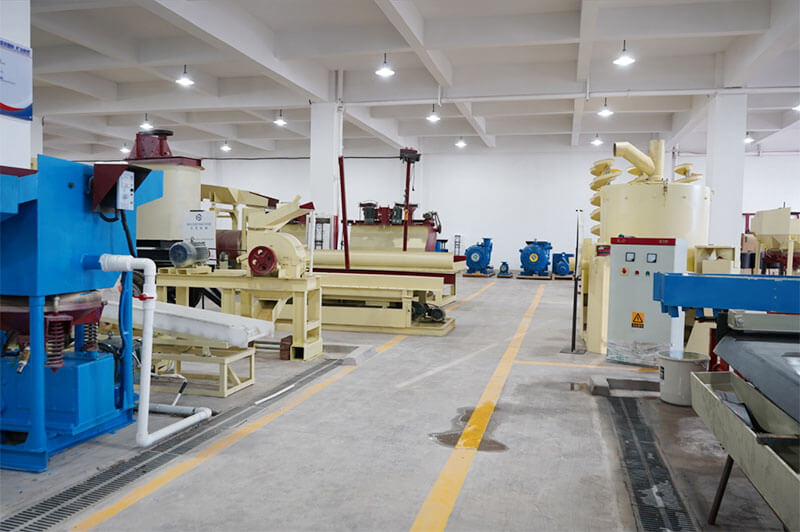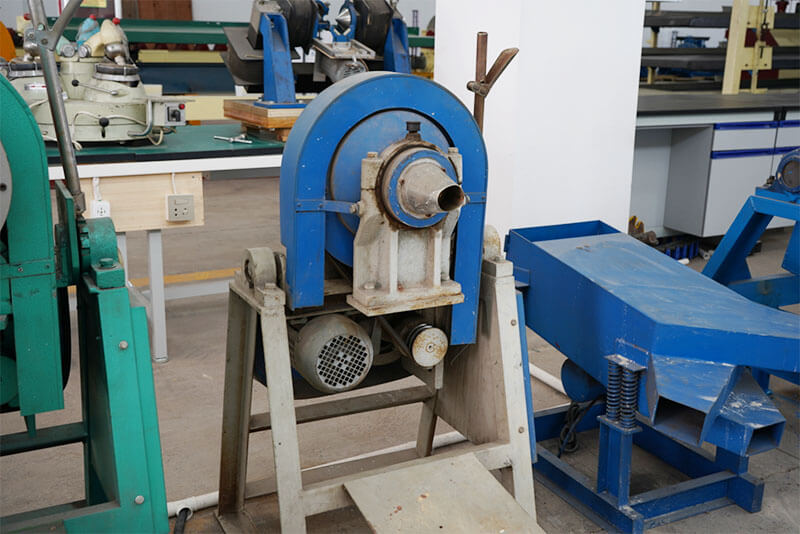The demand for chrome ore has surged in recent years, especially due to its applications in the steel and alloy industries. Among various types of chrome ore, laterite chrome ore stands out due to its unique properties and formation. This blog post will delve into what laterite chrome ore is, how it can be effectively beneficiated, and the lab equipment used for these processes.
What is Laterite Chrome Ore?
Laterite chrome ore is a type of nickel-bearing chrome ore that is formed in tropical and subtropical regions through the weathering of ultramafic rocks. This ore is characterized by its high iron and chrome content, making it an essential raw material for various industrial applications.
Key Characteristics of Laterite Chrome Ore
Composition: Laterite chrome ore typically contains chromium oxides (Cr2O3), iron oxides (Fe2O3), and magnesium oxides (MgO). The chromium content can vary significantly depending on the specific deposit, with some ores containing over 40% Cr2O3.
Formation: It is formed through the leaching of ultramafic rocks in wet tropical climates, leading to the concentration of chromium in the remaining soil. The weathering process can take thousands of years, resulting in a rich accumulation of chrome.
Appearance: The ore is usually reddish-brown due to the presence of iron and has a layered structure. The texture can be granular or flaky, depending on the degree of weathering and mineralization.
How to Beneficiate Laterite Chrome Ore?
Beneficiation of laterite chrome ore involves several processes aimed at enhancing the concentration of valuable minerals while removing impurities. The goal is to produce a high-grade concentrate suitable for further processing or direct sale to the market.
Crushing and Grinding:
The ore is first crushed to reduce its size and increase the surface area for subsequent processing. This initial step is crucial for liberating the valuable minerals from the gangue.
Grinding is carried out in ball mills or rod mills to achieve a fine particle size, ensuring better separation in subsequent processes.
Gravity Separation:
This method exploits the density differences between chrome minerals and impurities. Gravity separation is often the first step in the beneficiation process due to its simplicity and effectiveness.
Equipment such as jig separators, spiral classifiers, or shaking tables is commonly used to achieve the desired separation based on specific gravity differences.
Magnetic Separation:
This technique is effective in separating ferromagnetic minerals from the non-magnetic ones. Given that some laterite ores contain magnetic minerals, this step can significantly enhance the purity of the concentrate.
High-intensity magnetic separators can be employed for this purpose to remove unwanted minerals.

4. Flotation:
Flotation is a process that separates minerals based on their surface properties. It is particularly effective for fine particles that cannot be efficiently separated by gravity or magnetic methods.
The ore is mixed with water and chemicals to create a slurry, and air is introduced to form bubbles that carry the valuable minerals to the surface. This step often requires careful selection of reagents to optimize recovery.
5. Thickening and Filtration:
After separation, the concentrate is thickened and filtered to remove excess water, making it easier to handle and transport. This step is crucial for minimizing transport costs and enhancing the efficiency of downstream processes.
6. Drying:
The final concentrate may undergo drying to reduce moisture content, making it more suitable for storage and transport.
Laterite Chrome Ore Beneficiation Tests Equipment
When conducting beneficiation tests in a laboratory setting, specific equipment is essential to ensure accurate results. Here’s a list of common lab equipment used for laterite chrome ore beneficiation testing:
Common Lab Equipment
- Jaw Crusher: For the primary crushing of ore samples to reduce their size.
- Ball Mill: For grinding the crushed ore to liberate minerals efficiently. The choice of ball size and milling time can significantly affect the final particle size.
- Hydrocyclone: For classification of ground particles based on size, allowing for the separation of finer and coarser materials.
- Jig Separator: For the gravity separation of minerals. Jigs can effectively separate materials with varying densities, making them suitable for laterite chrome ore.
- Magnetic Separator: For separating magnetic minerals from non-magnetic ones. Magnetic separation is vital for removing impurities and enhancing the quality of the concentrate.
- Flotation Cells: For conducting flotation tests to separate valuable minerals.
- Filter Press: For dewatering the concentrated slurry, ensuring that excess water is removed efficiently.
- Analytical Balance: For precise measurement of samples and reagents, which is crucial for maintaining accuracy in laboratory tests.
- pH Meter: To monitor and adjust the pH levels during flotation, as pH can significantly affect the interaction between minerals and reagents.
How to Conduct Laterite Chrome Ore Beneficiation Tests?
Conducting beneficiation tests requires careful planning and execution. Here’s a step-by-step guide to performing these tests:
Step-by-Step Procedure
Sample Preparation:
- Collect representative samples of laterite chrome ore from the mining site. It is essential to ensure that the samples are representative of the overall deposit.
- Crush and grind the samples to the desired particle size, ensuring proper liberation of minerals for subsequent separation.
Conducting Gravity Separation Tests:
- Set up the jig separator or shaking table according to the manufacturer’s specifications. Ensure that the equipment is calibrated for optimal performance.
- Feed the ground ore into the equipment and collect the concentrate and tailings separately. Analyze the results to determine recovery rates and concentrate grade.
Magnetic Separation Tests:
- Use the magnetic separator to separate magnetic minerals from the non-magnetic ones. Adjust the magnetic field strength based on the ore characteristics to optimize separation efficiency.
- Collect and analyze both the magnetic and non-magnetic fractions for further processing.
Flotation Tests:
- Prepare a flotation slurry by mixing the ground ore with water and reagents. The choice of reagents plays a significant role in the flotation process and should be optimized based on the ore’s mineralogy.
- Introduce air into the slurry and monitor the collection of froth that contains valuable minerals. Adjust the operating parameters such as pH and reagent dosage as needed.
Thickening and Dewatering:
- Use a filter press to dewater the flotation concentrate. The efficiency of dewatering can significantly impact the overall recovery and quality of the final product.
- Analyze the moisture content and adjust the process as necessary to achieve the desired specifications.
Data Analysis and Reporting:
- Analyze the results of each stage to determine recovery rates and the grade of the concentrate. Statistical methods can be applied to evaluate the performance of different beneficiation strategies.
- Prepare a detailed report summarizing the findings, along with recommendations for full-scale operations. This report can serve as a valuable resource for decision-making and process optimization.
Conclusion
Laterite chrome ore plays a crucial role in various industries, and understanding its beneficiation is vital for manufacturers and researchers. By employing systematic methods and utilizing specialized lab equipment, it is possible to enhance the quality and value of this important mineral resource.
The beneficiation process not only increases the economic value of laterite chrome ore but also contributes to sustainable mining practices by maximizing resource utilization and minimizing waste.
JXSC lab mineral processing equipment manufacturer has more than 38 years of experience in mining processing. We provide various lab mining equipment including gravity-separating equipment for processing minerals such as gold, tin, tungsten, lead, zinc, tantalum, niobium, iron, manganese, silver, titanium-iron, etc. Lab machines include laboratory jaw crusher, hammer crusher, roller crusher, grinding equipment, lab gravity separator, screening, washing equipment, etc. Welcome to consult!




